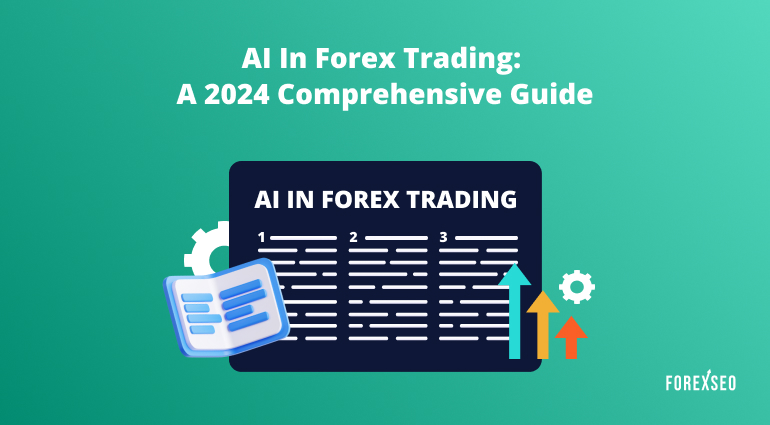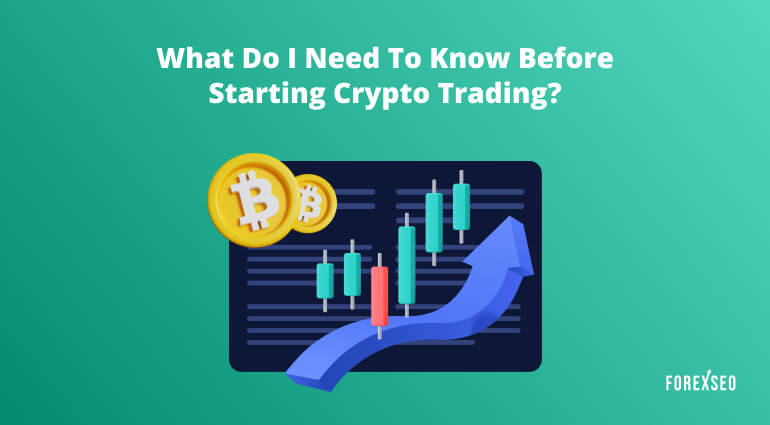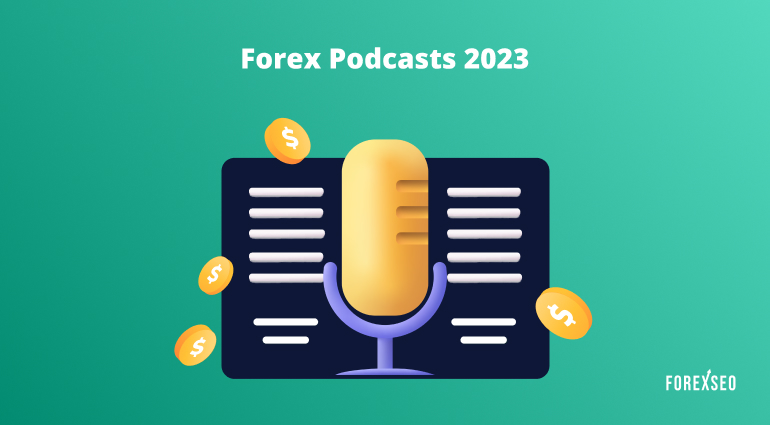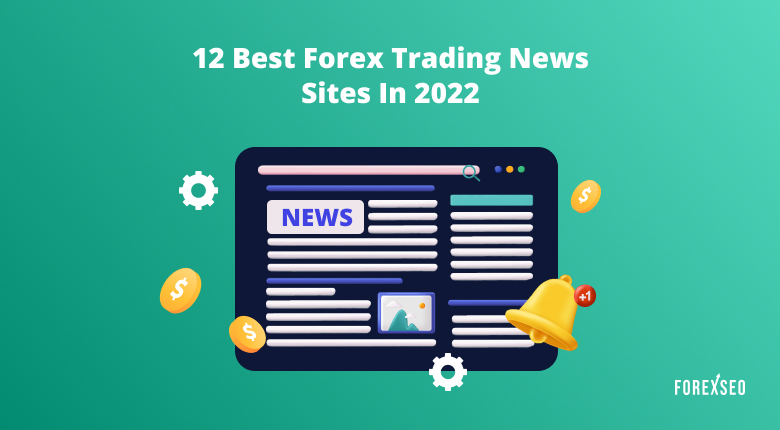AI For Forex Trading: A 2024 Comprehensive Guide

When AI forex trading first came into the picture in the early 2000s, it was pretty rudimentary. All it could do was help forex traders make basic predictions using rule-based, pre-programmed algorithms. Today, thanks to technological advancements and the emergence of ML, AI programs can help traders generate sophisticated risk management models, analyze vast amounts of data, and execute multiple trades simultaneously.
This article offers a detailed guide on the evolution of AI for forex trading, discusses its benefits and impacts, outlines future price movements, and reviews a few common AI-driven trading strategies. It also delves into how to choose the best AI-powered trading platform and the ethical and legal aspects of using artificial intelligence in forex trading.
Introduction to Forex AI
As the name aptly suggests, forex AI involves using automated algorithmic software programs (forex trading bots) to generate trading signals and execute trades. These bots typically monitor the foreign exchange market in real-time, analyze price changes, and use pre-programmed rules to open and close sales on multiple currency pairs simultaneously. You can integrate them into your trading platform to predict forex market patterns and then execute the sales manually by yourself.
Studies suggest that over half of forex trades are automated, and more than two-thirds of forex traders rely on algorithmic trading to execute sales. Of course, these numbers couldn’t be this high if AI didn’t guarantee more positive results.
While the application of artificial intelligence to forex trading isn’t beyond reproach, the benefits outweigh the risks. The following are a few examples:
- Faster analysis of metadata: The secret to successful forex trading is the ability to analyze large sets of data and draw accurate insights and predictions as fast as possible. When using artificial intelligence for forex trading, you can integrate forex ML programs into different brokerage or trading sites to analyze data, derive insights, and make predictions in real time. These tools can help you make data-driven, informed decisions and discern trading opportunities based on empirical evidence and not whims or hearsay.
- Less research time: Imagine how tedious and time-consuming forex market research must have been before the invention of forex ML software. Today, these programs can collect and analyze millions of economic indicators, forex news site updates, historical price charts, and social media sentiments in a matter of seconds — enabling forex traders to make informed decisions faster.
- Emotionless trading: One of the leading causes of impulsive and irrational trading decisions is human emotions. Whether it’s revenge trading, the fear of missing out (FOMO), anxiety, or greed, emotions can be detrimental in forex trading. Unlike humans, an AI system has no emotional biases, enabling it to make more rational decisions with higher success potential.
- 24/7 trading: When trading manually, you can miss lucrative opportunities due to time zone differences or sleep. In contrast, artificial intelligence trading robots can operate round the clock, ensuring you capitalize on any opportunities that arise, regardless of the time.
The Evolution of AI for Forex Trading
When foreign exchange financial markets adopted the floating exchange rate system and forex trading began in the 1970s, traders primarily made decisions based on the manual analysis of technical indicators. Nobody would have imagined that, a couple of decades later, artificial intelligence would take center stage in this field.
However, a few years later, in the 1980s, algorithmic trading began gaining traction. Initially, it was as basic as using simple mathematical models and rule-based strategies to analyze forex markets and automate trade execution.
| ERA | MILESTONES |
| The Introduction of Machine Learning | Later, in the 1990s and early 2000s, industry experts began exploring the potential of applying ML to forex trading. Unlike the initial rule-based AI algorithms, ML models could learn and adapt to evolving market conditions in real-time, making them more accurate. |
| Emergence of Neural Networks and HFT | Around the late 2000s, the concepts of neural networks (ML algorithms that can mimic how the human brain functions) and High-Frequency Trading (HFT) were also gaining traction. These developments enabled forex traders to create more sophisticated, multifaceted AI systems that could analyze large chunks of historical data and derive useful insights in seconds. |
| The Era of Deep Learning | The advancements in the late 1990s and early 2000s were the game changers primarily responsible for the mainstream application of AI for forex trading. After that, things got a little quiet until around the 2010s when deep machine learning came into the picture. This technology uses multilayered neural networks, such as long short-term memory networks (LSTMs) and recurrent neural networks (RNNs), to analyze thousands or millions of datasets simultaneously. Besides the ability to process large amounts of data, they could also make more accurate predictions and identify complex patterns — ensuring that traders miss no opportunities. |
| Adoption of Sentiment Analysis and NLP | In recent years, the forex trading industry has had a growing interest in leveraging market sentiment analysis and natural language processing (NLP) to monitor the market’s perception of various currencies. These tools typically scour the internet for social media posts and news articles that could influence future market patterns, giving traders a more holistic view of the market. |
As you must have noticed, most of these milestones focussed on improving two main aspects — Market Analysis and Risk Management.
Impact on Market Analysis
Who would have imagined that the integration of artificial intelligence into market analysis and trade execution could revolutionize forex trading this much? AI systems have made it possible to process large amounts of data and derive timely insights in a matter of seconds. The timeliness ensures traders don’t miss potential opportunities and makes it easy to identify forex leads, including profitable entry and exit points.
Enhancing Risk Management
Artificial intelligence programs can analyze different trades and label them based on their risk tolerance. Such automated risk management tools eliminate reliance on hearsay and whims when making forex trading decisions. Traders can also use AI to monitor trading patterns and identify anomalies, such as manufactured currency appreciations, from other fraudulent traders.
The Role of Machine Learning in Forex
While the application of AI in trading began in the 1980s, it wasn’t popular until the introduction of ML algorithms in the 2000s. ML made it possible for AI programs to adapt to market trends and make rational trading decisions based on the most recent data. Unlike the initial rule-based AI algorithms, ML models require little to no human input. Once you’ve trained them, they can adapt and continually refine their strategies without further programming.
Besides simplifying the trader’s work, this automation aspect of ML algorithms makes it possible to analyze large datasets and execute trades automatically at high frequencies and speeds — enabling traders to capitalize on market inefficiencies that might not be obvious to the naked eye.
Another significant role of ML in trading is risk evasion. First, it uses facts and figures, eliminating reliance on emotions and whims, which often result in risky trading decisions.
Second, and more importantly, it enables traders to create complex risk models based on market conditions and historical data. These models typically label trades based on their volatilities, potential downturns and appreciation, and risk levels — helping you make informed decisions.
AI-Driven Trading Strategies
As automated trading strategies become the norm, different traders have created varying strategies for leveraging AI technology. Here are a few examples:
High-Frequency Trading (HFT) and AI
HFTs are AI programs that use powerful computing systems, co-location servers (placing executing servers close to exchange servers), low-latency data feeds, and sophisticated algorithms to process different trades at extremely high speeds. Unlike trades executed manually, they can analyze the forex market and sell or purchase currency pairs in microseconds or nanoseconds.
This lightning-fast execution enables them to leverage market inefficiencies (such as stock market undervaluing) and take advantage of opportunities in fractions of seconds.
Different HFT traders use varying strategies. However, the two most common ones are statistical arbitrage and market-marking.
- Statistical arbitrage — This HFT trading strategy involves monitoring and taking advantage of short-term price discrepancies in related securities.
- Market-marking — It involves monitoring buying and selling prices to identify profitable opportunities in bid-ask prices (the differences between securities’ asking prices and bidding prices)
While HFT enhances the forex market liquidity, several traders think that the strategy’s focus on leveraging market inefficiencies makes it unfair. Others say that its ability to execute multiple trades simultaneously can make the evolving forex market more volatile. Additionally, some have raised concerns about its ability to contribute to market manipulation if not properly regulated.
Algorithmic Trading
Some traders call it black-box trading or algo-trading. This AI trading strategy involves using mathematical models and pre-programmed AI algorithms to automate forex market analysis and trade execution using automated strategies. It was the earliest AI strategy in trading.
The primary advantage of algorithmic trading is its ability to automate trades. This disciplined approach eliminates errors, biases, and emotions that often affect human traders.
Automation also ensures continuous trading, contributing to the forex market’s liquidity. Most importantly, it enables traders to analyze historical market data faster and identify complex patterns that they might have missed if they did everything manually.
Of course, these benefits cannot come without a few drawbacks. Critics of algo-trading argue that it can lead to unforeseen market disruptions. For example, in the strategy’s early days, it led to several flash crashes (sudden falls and rises in the values of currency pairs).
Machine Learning Predictive Models
ML Predictive Modelling strategies were an improvement of algo-trading. Unlike the latter, which relied on pre-programmed tools, they used intuitive programs that could learn from analyzing historical data and improve on their own. This feature makes ML predictive models more responsive and accurate.
So, how do they work?
Before deploying these models, traders typically train them using labeled data (supervised learning), unlabeled data (unsupervised learning), or agents that respond to rewards (reinforcement learning). For example, supervised learning involves feeding the ML models with labeled data and corresponding outputs to enable them to learn how to make similar predictions iteratively. After training, you can deploy them to analyze unseen datasets.
Reinforcement Learning
This trading strategy is a sub-branch of ML. It involves training ML models using rewards and penalties. For example, when a model makes an accurate prediction, you can give it a thumbs up. Doing so shows the ML’s algorithms that it’s on the right track, encouraging it to make similar accurate decisions in the future.
You can use this strategy in position resizing, risk management, and trade automation. Its responsiveness makes it perfect for handling dynamic and non-linear trades, which is very crucial in today’s ever-changing forex market. This feature also makes it ideal when you’re not sure about the data quality.
Future Trends: AI in Forex
As more people embrace AI technology in the trading landscape, you can expect the following trends.
More Regulation
As we pointed out, stakeholders are already raising concerns about the ethical and legal ramifications of using AI in trading. As a result, we are likely to see more regulatory bodies coming up to create AI forex regulations to ensure ethical AI forex trading.
Increased Automation
With the emergence of AI technology that can gauge market sentiment, deep machine learning, and NLP, AI algorithms are increasingly becoming more accurate and efficient. Therefore, we’re likely to see an increase in their popularity —leading to an increase in the percentage of automated trades. Already, some people are suggesting that the number of automated trades is way above 50%.
Simplification of Forex Trading
Forex trading was initially a preserve of a few financial gurus who had the expertise to analyze complex historical market data. However, thanks to AI, you can now automate market analysis and make informed trading decisions, even if you’re not a financial expert. The simpler trading becomes, the more people will likely want to trade forex.
Increasing Importance of Quantum Computing
The introduction of high-frequency trading has heightened the need for speed in the forex trading world. As a result, this industry will likely be among the first to adopt the quantum computing cloud that’s in the offing. Upon completion, quantum computers will enable users to perform sophisticated analysis and derive complex patterns faster than regular computers.
Best AI Trading Software and Bots
Different AI trading bots come with varying benefits and drawbacks. Below is a rundown of some of the best AI forex trading software and bots.
| AI Trading Bot | Advantages |
| Meta Trader |
|
| QuantConnect |
|
| ZuluTrader |
|
| cAlgo and cTrader |
|
| TradeStation |
|
| NinjaTrader |
|
| ProRealTime |
|
| MQL5 Market |
|
Criteria for Choosing the Best AI Software
Selecting a good AI trading software can significantly improve your trading experience. While there’s no universal definition of ideal trading software, the best option should offer the following features:
- A proven track record of consistently delivering profitable trades.
- Clear documentation and transparency on how its algorithms and decision-making processes work.
- Built-in risk management features, such as stop-loss orders and position sizing, to safeguard against extreme losses.
- Real-time data analysis and insight generation.
- Availability of trading strategies customization options.
- Integration with your preferred AI-driven trading platforms.
- Proper data security protocols and clear privacy policies to safeguard your sensitive credentials.
- Reliable customer assistance.
- Ease of scalability.
- User-friendly interface.
- Training for new users.
- Transparent and reasonable pricing.
Summarizing
As technical advancements revolutionize the financial landscape, AI is increasingly becoming an essential feature in trading. It enables faster analysis of large volumes of data and generates more valuable insights in real-time, enabling a forex trader to capitalize on market opportunities that they’d have otherwise missed.
Its ability to eliminate human emotions also leads to more rational trading decisions. Besides these benefits, the increasing use of AI in trading comes with several ethical and legal concerns, such as its fairness, transparency, and potential impacts on market volatility. Most of these issues can be addressed with proper regulation. When this happens, we are likely to see a tremendous increase in the use of AI in trading.
FAQ
Is There Any AI for Forex Trading?
Yes, there are several forex AI trading programs. These tools typically analyze large volumes of data in seconds, generate valuable insights, and automate trades.
What Is the Best AI Trading Bot for Forex Trading?
Different forex AI trading bots have varying advantages and drawbacks. When choosing the best forex AI trading bot for trading, assess its track record, transparency, availability of sentiment analysis, customization options to allow you to make your own trading strategies, ease of scalability, and user-friendliness.
Is AI Trading Profitable?
Yes, AI trading can be profitable. Artificial intelligence software can help you better analyze financial markets, streamline your trading journey, and make more profitable decisions.
Which AI is Best for Trading?
The best AI depends on your trading style and needs. For instance, if you want a responsive bot that tracks market trends and updates trading strategies accordingly, you should look for one that applies ML strategies.





